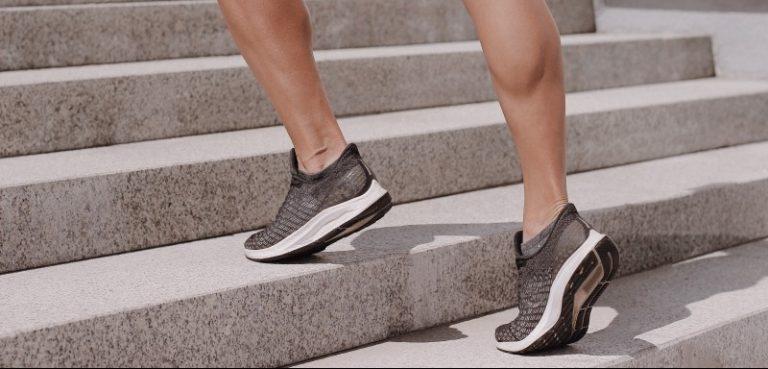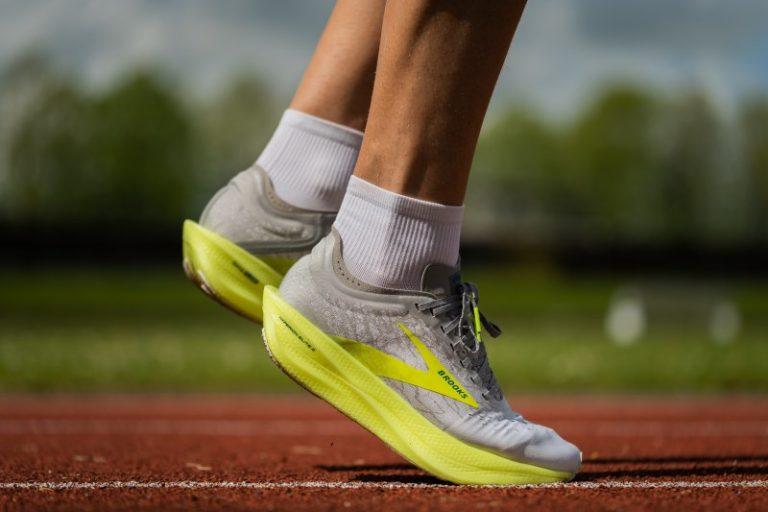Barefoot running has become an increasingly popular trend in the past decade, with many runners touting its benefits. However, is it really better for you than running in shoes? And what are the risks involved? In this article, we will explore the pros and cons of barefoot running and help you decide if it’s the right choice for you.
Benefits:
Strengthening Your Feet and Ankles: This type of running requires your feet to work harder to grip the ground, which strengthens the muscles in your feet and ankles over time. This can help prevent injuries and improve your overall performance.
Improving Your Running Form: It can help you become more aware of your running form and make corrections as needed. You may find that you naturally adopt a more efficient midfoot or forefoot strike when running barefoot, which can reduce impact on your joints.
Encouraging a Lighter Stride: Running shoes can encourage a heavier, more jarring impact with the ground, but barefoot running can help you land more lightly and reduce impact on your joints.
Increasing Your Proprioception: Being barefoot can improve your body’s ability to sense its position and movement in space, making you feel more in control of your movements and reducing the risk of injury.
Risks:
Increased Risk of Cuts and Abrasions: Running barefoot exposes your feet to rough terrain and sharp objects that can cause cuts and abrasions. Start slowly and gradually increase your distance and intensity to avoid injury.
Risk of Overuse Injuries: This requires your feet and ankles to work harder, which can increase the risk of overuse injuries like plantar fasciitis, Achilles tendinitis, and stress fractures. Listen to your body and avoid pushing yourself too hard too quickly.
Risk of Developing Foot Deformities: Running in this way can increase your risk of developing foot deformities like hammertoes and bunions because your toes have to work harder to grip the ground.
Lack of Protection: Running shoes provide protection and support for your feet, but running barefoot exposes you to potential injuries from rocks, glass, and other hazards. Be aware of the risks involved.
Tips for Barefoot Running:
Start Slowly: If you’re new to barefoot running, start with short distances and gradually increase your distance and intensity over time.
Choose Your Terrain Wisely: Avoid running on rough, uneven terrain until your feet have toughened up. Start on a flat, smooth surface like a track or treadmill and gradually work your way up to more challenging terrain.
Listen to Your Body: If you feel pain or discomfort while running barefoot, it’s important to listen to your body and stop if necessary.
By weighing the benefits and risks of barefoot running, you can make an informed decision about whether it’s the right choice for you. Start slowly, choose your terrain wisely, and listen to your body to avoid injury and get the most out of your running experience.




